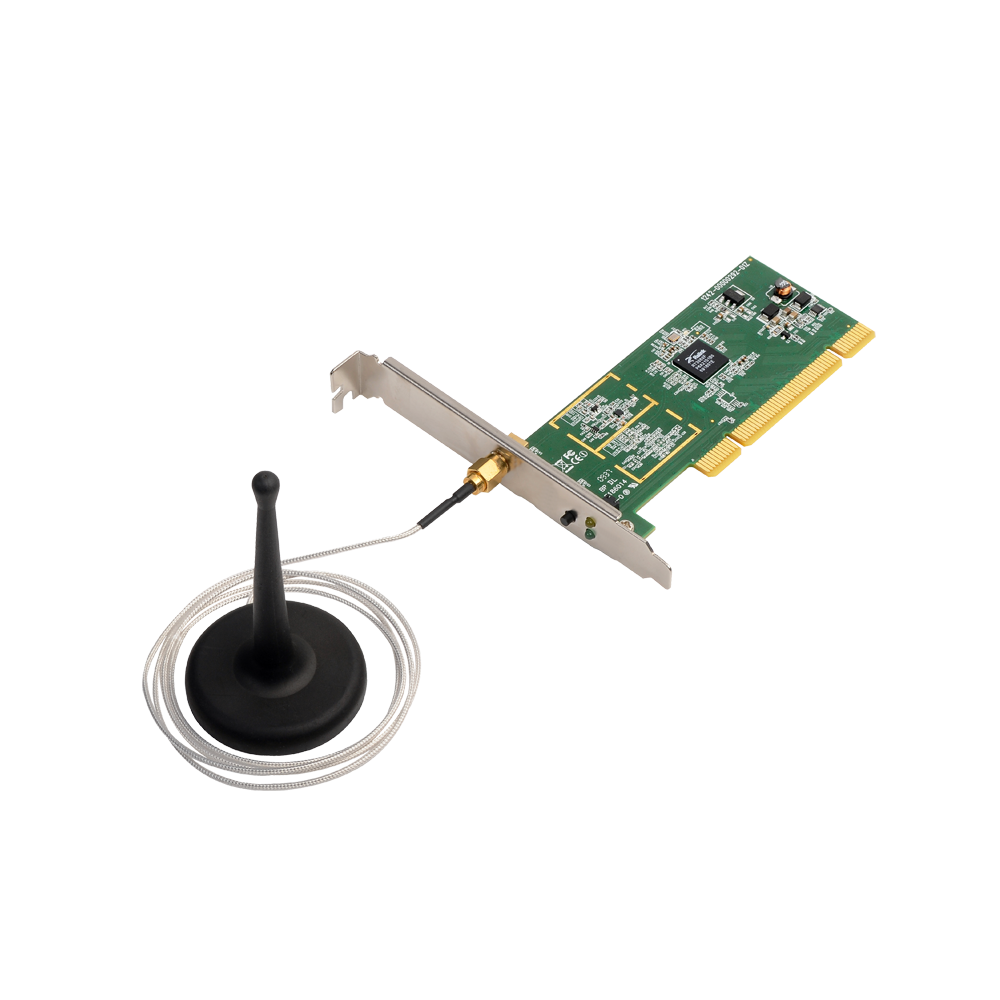A Wireless Local Area Network (WLAN) driver is a software program that enables a computer to run and configure a WLAN device. WLAN devices include routers, wireless cards, and wireless Internet adapters. These devices make up the hardware necessary to broadcast a wireless network signal and connect computers to the signal. Users can use a WLAN driver to change Internet connection settings or to configure wireless settings on a laptop or personal computer.
Wireless cards and wireless Internet adapters enable computers to connect to wireless signals. Generally, a wireless card is installed in the computer while a wireless Internet adapter connects to a computer through a Universal Serial Bus (USB) plug. Wireless routers broadcast a wireless signal and often provide a wireless hub that enables multiple hubs to connect to the Internet. Companies that manufacture WLAN devices that may require drivers to function include ASUS™, Belkin™, Linksys™, D-Link™, and Netgear™.
Wireless LANs refer to LANs (Local Area Networks) that use high frequency radio waves instead of cables for connecting the devices. It can be conceived as a set of laptops and other wireless devices communicating by radio signals. Users connected by WLANs can move around within the area of network coverage. The 22.20.0 package installs the Windows® 10 Wi-Fi drivers for the following Intel® Wireless Adapters. Note: This software release version does not include new drivers for the Intel® Wireless 7265 Family (Rev.C), Intel® Dual Band Wireless-AC 3160 and Intel® Wireless 7260 Family adapters. If you are a network administrator, the. Wi-Fi is the most popular technology that uses radio waves to transmit the information from your device to a router which then transmits data to the Internet via Ethernet. However, being part of.
Local area networks (LAN) can be either wired or wireless. In an LAN, a network hub connects multiple computers, allowing them to share data. Usually, these networks are based in a centralized location, with all computers that are connected to the LAN located nearby. Most wireless networks hubs handle both wired and wireless connections to multiple computers. In a LAN router, the WLAN driver is important because it allows the network administrator to configure security settings, user permissions, and passwords.
Some Internet Service Providers (ISP) block users from connecting more than one computer to the Internet by preventing multiple computer identification numbers, called Media Access Control (MAC) addresses, from connecting to the service. Many WLAN driver utility programs allow the user to set up a Media Access Control (MAC) address clone that bypasses the block to allow multiple computers to connect. The MAC address clone setting configures a WLAN access point so it broadcasts only one MAC address to the ISP no matter how many computers connect through the router. To the ISP, it appears that one computer is connecting to its service.
A WLAN driver disk is usually included with the wireless networking hardware when it is purchased. For some common wireless devices, the WLAN driver may already be installed with the computer operating system. If the driver disk is lost or the software becomes corrupt, updates or replacement downloads for the WLAN driver can usually be found in the driver downloads section of the manufacturer's website, often in the section dedicated to customer support.

Stands for 'Wireless Local Area Network.' A WLAN, or wireless LAN, is a network that allows devices to connect and communicate wirelessly. Unlike a traditional wired LAN, in which devices communicate over Ethernet cables, devices on a WLAN communicate via Wi-Fi.
While a WLAN may look different than a traditional LAN, it functions the same way. New devices are typically added and configured using DHCP. They can communicate with other devices on the network the same way they would on a wired network. The primary difference is how the data is transmitted. In a LAN, data is transmitted over physical cables in a series of Ethernet packets. In a WLAN, packets are transmitted over the air.
As wireless devices have grown in popularity, so have WLANs. In fact, most routers sold are now wireless routers. A wireless router serves as a base station, providing wireless connections to any Wi-Fi-enabled devices within range of the router's wireless signal. This includes laptops, tablets, smartphones, and other wireless devices, such as smart appliances and smart home controllers. Wireless routers often connect to a cable modem or other Internet-connected device to provide Internet access to connected devices.
Advantages of WLANs
The most obvious advantage of a WLAN is that devices can connect wirelessly, eliminating the need for cables. This allows homes and businesses to create local networks without wiring the building with Ethernet. It also provides a way for small devices, such as smartphones and tablets, to connect to the network. WLANs are not limited by the number of physical ports on the router and therefore can support dozens or even hundreds of devices. The range of a WLAN can easily be extended by adding one or more repeaters. Finally, a WLAN can be easily upgraded by replacing routers with new versions — a much easier and cheaper solution than upgrading old Ethernet cables.

Disadvantages of WLANs
Wireless networks are naturally less secure than wired networks. Any wireless device can attempt to connect to a WLAN, so it is important to limit access to the network if security is a concern. This is typically done using wireless authentication such as WEP or WPA, which encrypts the communication. Additionally, wireless networks are more susceptible to interference from other signals or physical barriers, such as concrete walls. Since LANs offer the highest performance and security, they are still used for many corporate and government networks.

Dell Wireless Wlan Card
NOTE: WLAN should not be confused with 'WAN,' which is a wide area network.
Dell Wireless Wlan Card Utility
Updated: May 22, 2020




